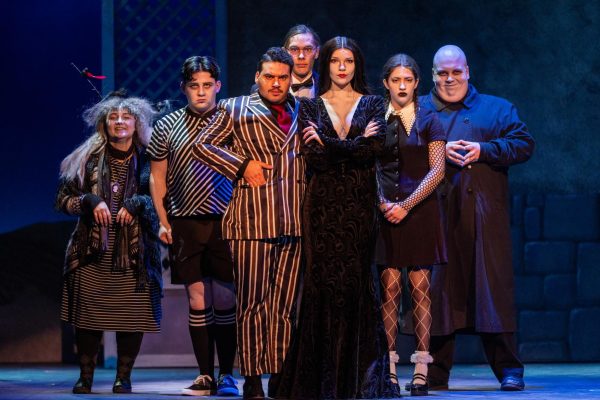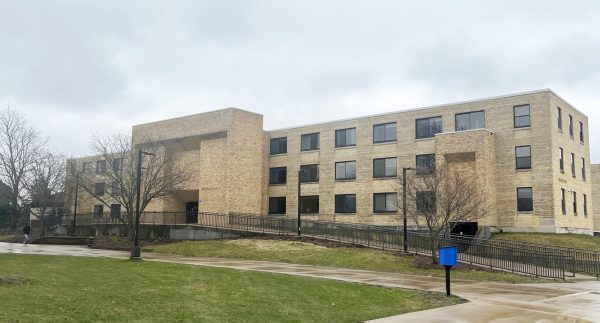Horrific Crime Scene: H. H. Holmes
One of the most enticing events in the FICSH house is the “Crime Scene Revisited,” held on Nov. 6-7, which demonstrated H.H. Holmes’ crimes.
Pioneer Farm houses hands-on forensic facilities such as the Forensic Research Facility and the Forensic Investigation Crime Scene House, which is about a 12-minute drive off campus. Events held in the tranquil area include clandestine gravesite searches and “Horrific Crime Scene Revisited,” which is a reconstruction of a crime scene held by the Criminal Justice Association in the FISCH house.
“Every year that we do this Horrific Crime Scene, the Forensic Liaison picks a specific crime that really happened,” CJA President Emily Choinski explained.
This year was the first year since 2019 that CJA has held the “Horrific Crime Scene.” Payton Gordon estimated this year’s attendance was 150 whereas attendants in 2019 was around 250 people, although it’s impossible to know if the drop was mainly due to COVID-19.
This year the Horrific Crime Scene was based on 19th century serial killer Herman Walter Mudgett, known as H.H. Holmes, the man who constructed the infamous “murder castle” in Chicago. His hotel led to at least 10 deaths, but it is estimated that number could be more than 200.
Gordon made most of the decisions pertaining to the crime scene with some help from Timothy Juedes, a Forensics Investigation professor on campus. This included arranging and setting up the scene.
“I had volunteer days on Wednesday, Thursday and Friday. I ended up canceling Thursday’s volunteer day because we got a lot done on Wednesday. Friday was just kind of finalizing details and ending things,” Gordon mentioned. She continued, “On my part, I had some help outside of that. It was long nights … of making things, like some of the papers we tie-dyed ourselves; and we printed off the insurance papers like that; and then it’s a lot of trips to Goodwill; and pick up a scrapbook and rip that apart; size the papers for the lobby book everyone signed into … It took a while.” She later specified that she and her roommate spent five to six hours doing work outside the scene.
Juedes has worked on four other scenes and asserted that this was likely the least time consuming in terms of time set aside working inside the house, with most of the time being spent in the basement and moving things around. “You know, because there wasn’t all that much. That’s why it didn’t take as long, whereas some of the other scenes we were using almost all the house,” said Juedes.
There were three main areas aside from the entrance, or the lobby, where guests signed in. Two were rooms in the first-floor hallway where guests weren’t allowed to touch anything. The rooms are to the right and down the hall from the entrance, which was the lobby. The furthest door displayed the office; there was a degree from the University of Michigan hanging on the wall. Insurance papers displaying victim names lay scattered over the floor and in the open desk drawer.
The other room, behind the door closest to the entrance on the left, was the bedroom. A mannequin lay in the bed, but curiously on the top of the door was a bell. “There was the bell that acted as the alarm system. I knew that ran throughout Holmes’ entire hotel and it led to his office so nobody could escape,” Gordon described.
However, the main attraction was further down. The steps creaked and a trail of blood led down to the basement where the biggest surprise was just around the corner. In the dark, gloomy basement lay a burned latex mannequin, and nearby stood a surgical table with instruments, such as scalpels or forceps. The re-creation ended there and Gordon explained clues in the next room.
According to Juedes, even if the scene isn’t interactive and it’s just observing, it’s still important to see in person. “It’s also getting the brain juices flowing and then thinking and theorizing about what potentially happened before they actually go see what actually happened,” he explained, “It’s the more exposure they have.”














